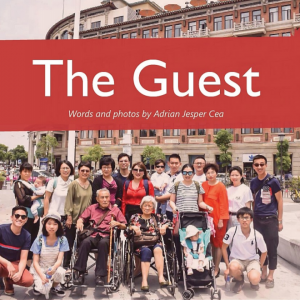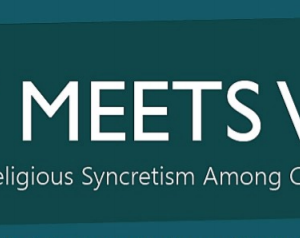Words by Alfred Olivan
Photos by Alfred Olivan
*Photos taken from Independent.co.uk (Cory Aquino) and Manila Bulletin (Jose Mari Chan)
Small eyes, fair skin, a different culture, and a different language. These are just some of the characteristics the Mainland Chinese and the Chinese-Filipinos share. Despite these similarities, one can say that both are entirely different people in character and in culture.
Mainland Chinese or “mainlanders” are described as people who are born and raised in areas under the governance of the People’s Republic of China. These people come from provinces like Hainan, Guangdong, Beijing, and the like, with the exception of Macau, Hong Kong, and Taiwan. Chinese-Filipinos or “Tsinoys,” on the other hand, are people of Chinese descent who grew up in the Philippines.
They can be children or descendants of mainland Chinese immigrants that came to settle in the Philippines. The two groups also differ in their religious beliefs and practices. A survey by the Council on Foreign Religions found that Mainlanders who practice religion are mostly Buddhists, but due to the Chinese government’s promotion of “state atheism” which is led by the Chinese Communist Party (CCP), a large portion of the Chinese population does not practice religion at all. For Chinese-Filipinos however, a research by Teresita Ang-See titled “Chinese in the Philippines” shows that the community is usually part of a religious group where most of them (70%) are known to practice Christianity.
Aside from the more obvious differences between mainlanders and Chinese-Filipinos, where does the differentiation really begin? Both have Chinese blood and yet act completely different from one another. What could be the defining factor that separates these two communities? According to Arturo Pacho’s study titled “The Chinese Community in the Philippines: Status and Conditions,” in contrast to mainlanders, Chinese-Filipinos originated from the Philippines, which meant that these people may be of Chinese descent, but grew up surrounded in Philippine culture and values. In a sense, the community is still “part mainlander,” but it was through the union of the two ethnicities that gave birth to what we now refer to as Tsinoys (Tsino-Pinoy). The Tsinoys were gradually taken in by the Filipino people, and through this, the community was raised in both Filipino and Chinese cultures, retaining the Chinese blood within them while still being citizens of the country they were born in.
Reports from media outlets like ABS-CBN and the Inquirer show the inconsiderate and rude behavior of mainlanders, from when Chinese students threw taho at a police officer, to Chinese companies illegally operating gambling facilities in the country. It’s sad to say that despite the differences of mainlanders from Tsinoys, there are still moments where both are bundled together by the people as just “Chinese.” Words such as “rude,” “condescending,” and “above the law” come into mind when the term “Chinese” is brought up in conversations due to the recent issues that have been revolving around them. It’s already bad that their community is associated with negative connotations, but it’s worse that Tsinoys have to take the brunt of that reputation simply because of their Chinese descent.
The Tsinoy community, however, considers itself Filipino in a sense that they aren’t just “Chinese living in the Philippines.” They may celebrate Chinese festivals, like the Lunar New Year, but these people also partake in Filipino festivals and holidays, such as Buwan ng Wika or the EDSA People Power anniversary. Growing up, they would learn Filipino and English in school but speak Hokkien at home. They would also practice Chinese calligraphy and the English alphabet at the same time, often needing to master both and not just one. On weddings, one might wear a Cheongsam to one then wear a Barong to another, but when the time comes that they are the ones to be wed, there could be a very big kan-chiu or a more personal kasal. Being a Chinese-Filipino in the Philippines doesn’t mean shutting out one culture for the other. Despite being of Chinese descent, the community was raised in the Philippines, and it is through the mixing and adapting of these two cultures that give the Chinese-Filipinos their unique identity, retaining the Chinese in their blood and keeping the Philippines in their heart.





